Establishing Shot
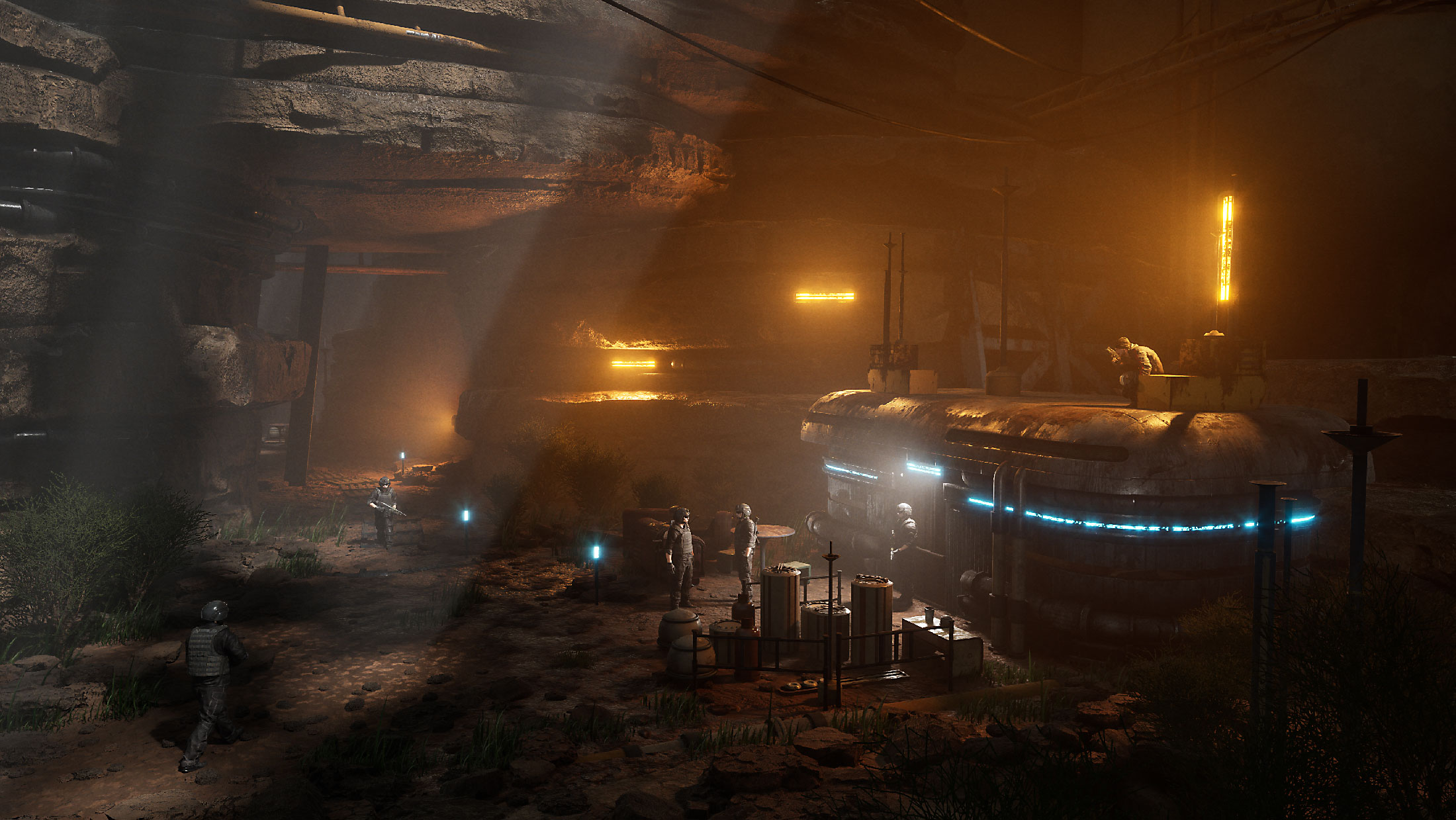
An Establishing Shot is a wide or distant shot that sets the scene, showing the environment or location where the action will take place. It’s typically used at the beginning of a scene to give the audience context about time, place, and atmosphere.
1. Focal Length
- 14mm to 35mm (Wide Angle)
- A 24mm is a sweet spot — wide enough to show environment, with minimal distortion.
- Use 35mm if you want a more cinematic look with less exaggeration.
2. Aperture (f-stop)
- f/8 to f/16
- Keeps most of the scene in focus (deep depth of field).
- Avoids shallow focus unless you want a stylized look.
3. ISO
- 100 to 400 — Keep it low for clean, detailed images unless lighting is poor.
4. Shutter Speed
- 1/50 to 1/200 — Standard for static shots, depending on motion and light.
5. Framing Tips
- Use wide or aerial angles to show full environment.
- Frame with strong composition (rule of thirds, leading lines).
- Include key landmarks or spatial context.
6. Common Uses
- Used at the start of a scene to establish time, place, and atmosphere.
- Helps the audience understand the environment before the action begins.
- Serves as a visual transition between different locations or story beats.
Wide Shot
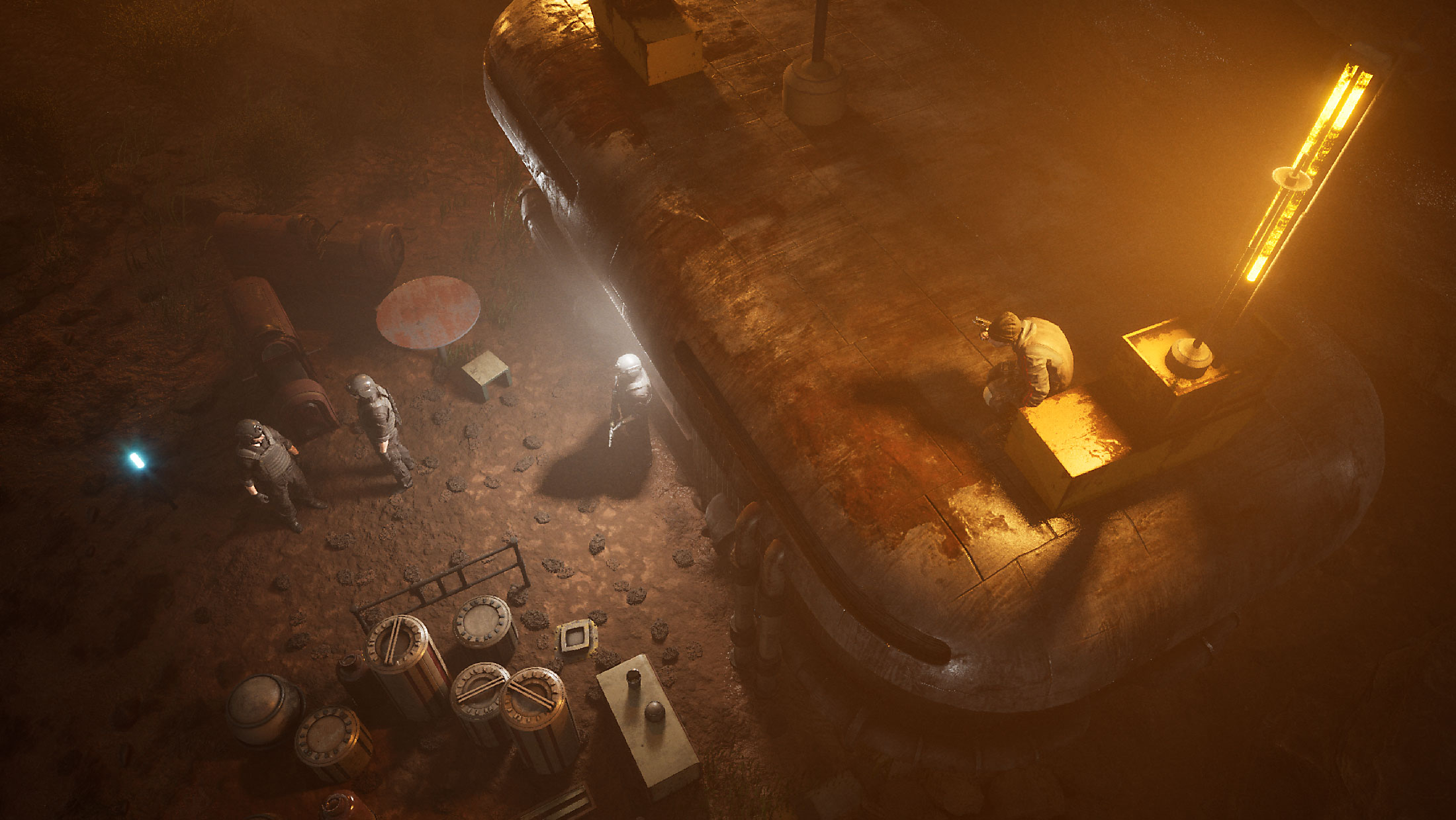
A Wide Shot (also known as a long shot) is used to show the subject in their environment — usually from head to toe for characters, or to emphasize scale and space. It’s often used after an establishing shot or as part of one.
1. Focal Length
- 24mm to 35mm (Full-Frame sensor)
- 24mm for a wide, immersive view of environment + subject.
- 35mm if you want a more natural perspective with less distortion.
2. Aperture (f-stop)
- f/4 to f/8
- f/4 if you want some background separation (subject in mild focus).
- f/8 for deeper depth of field (background in focus too).
3. ISO
- 100 to 400 — For daylight or studio-lit environments.
4. Shutter Speed
- 1/50 or faster — Depending on subject motion and lighting.
5. Framing Tips
- Show the subject fully within their environment.
- Leave space around the subject for movement or atmosphere.
- Place horizon strategically (top for ground detail, bottom for sky).
6. Common Uses
- Shows characters fully within a large environment to establish scale.
- Used in group scenes where all subjects need to be visible.
- Common in travel or exploration scenes to emphasize setting and scope.
Full Shot
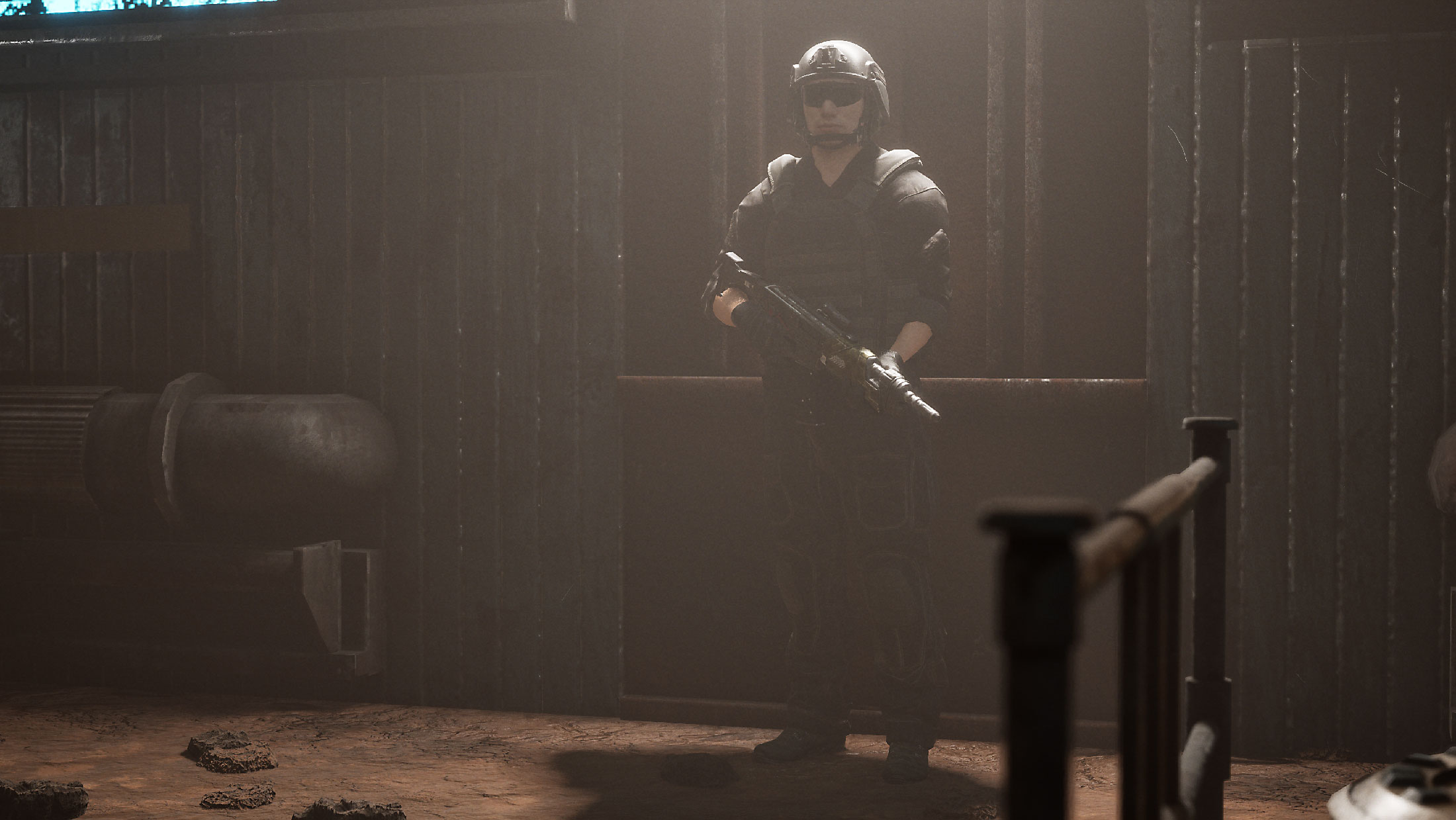
A Full Shot (also called a full-body shot or long shot) frames the entire subject from head to toe, while still including some of the environment. It’s commonly used to show a character’s body language or placement in a scene.
1. Focal Length
- 35mm to 50mm (Full Frame)
- 35mm gives slight environment.
- 50mm compresses a bit for a cinematic look.
2. Aperture (f-stop)
- f/4 to f/5.6
- Balanced depth of field — Sharp subject and soft background if needed.
3. ISO
- 100 to 400 — Low ISO for clean, detailed image.
4. Shutter Speed
- 1/50 to 1/125 — Standard for non-action scenes.
5. Framing Tips
- Frame from head to toe with slight headroom and foot space.
- Use background elements to add narrative context.
- Maintain subject visibility while balancing environment.
6. Common Uses
- Introduces a character by showing their entire body and surroundings.
- Used in scenes where body language and stance are important to storytelling.
- Suitable for walking sequences, entrances, or setup for action scenes.
Cowboy Shot
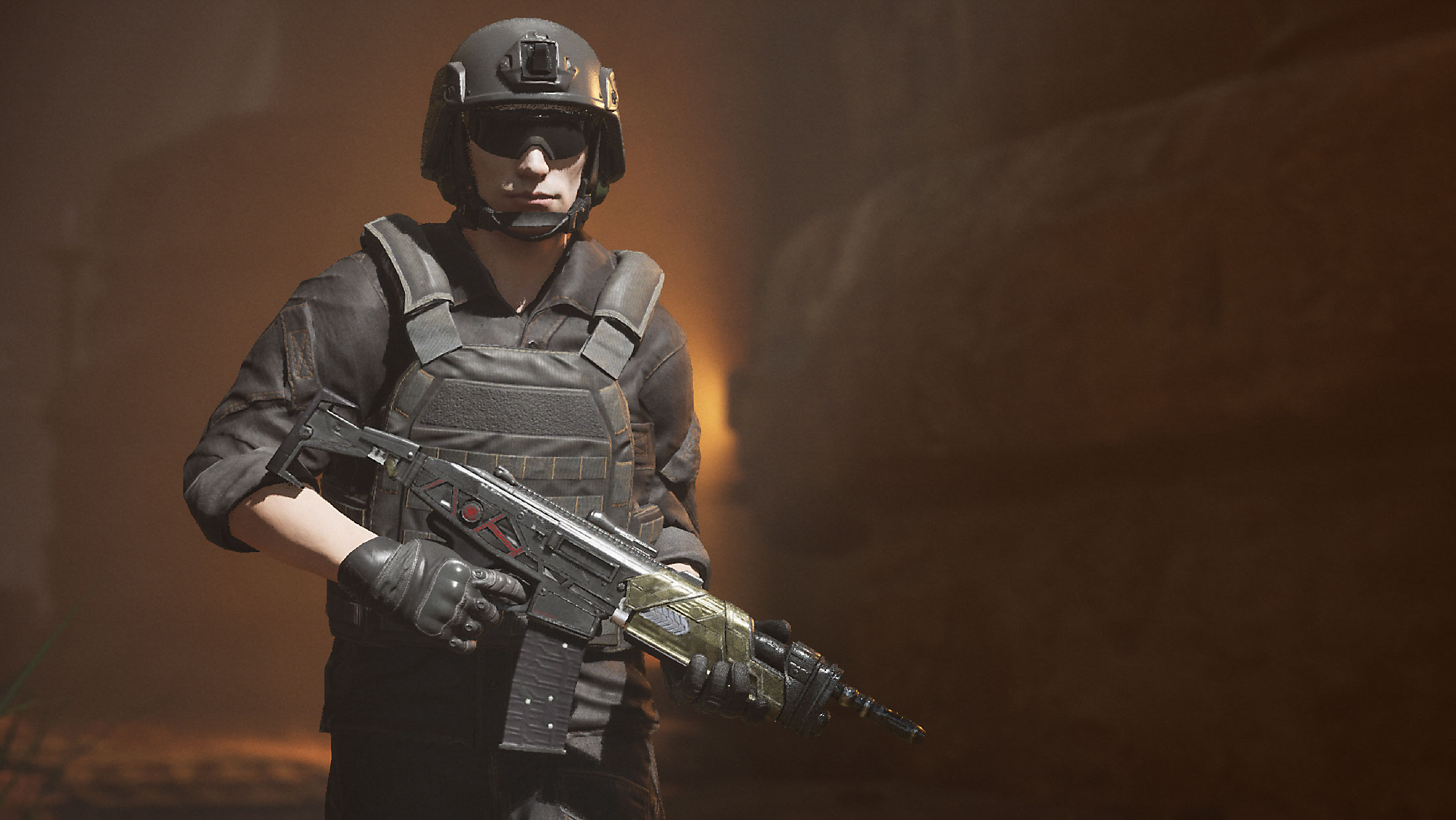
A Cowboy Shot is a classic framing style from Western films. It shows the subject from mid-thigh up, just enough to include a holstered weapon or important body language. It’s great for character-focused scenes where you want to capture emotion and physical readiness (e.g., standoffs, dialogue with tension).
1. Focal Length
- 50mm to 65mm (Full Frame)
- Adds cinematic compression, flattering for faces and posture.
2. Aperture (f-stop)
- f/2.8 to f/5.6
- f/2.8 gives soft background for isolation.
- f/5.6 for more detail.
3. ISO
- 100 to 400 — Keep clean unless indoors.
4. Shutter Speed
- 1/60 to 1/125 — Adjust based on motion/light.
5. Framing Tips
- Frame from mid-thigh up to include holsters or lower body.
- Keep character slightly off-center for dramatic tension.
- Use shallow DOF to guide focus to facial expression.
6. Common Uses
- Highlights both facial expression and body posture, often including a holster or hands.
- Frequently used in tense standoff moments or character confrontations.
- Ideal for stylized or genre-specific scenes, such as Western or dramatic standoffs.
Medium Shot
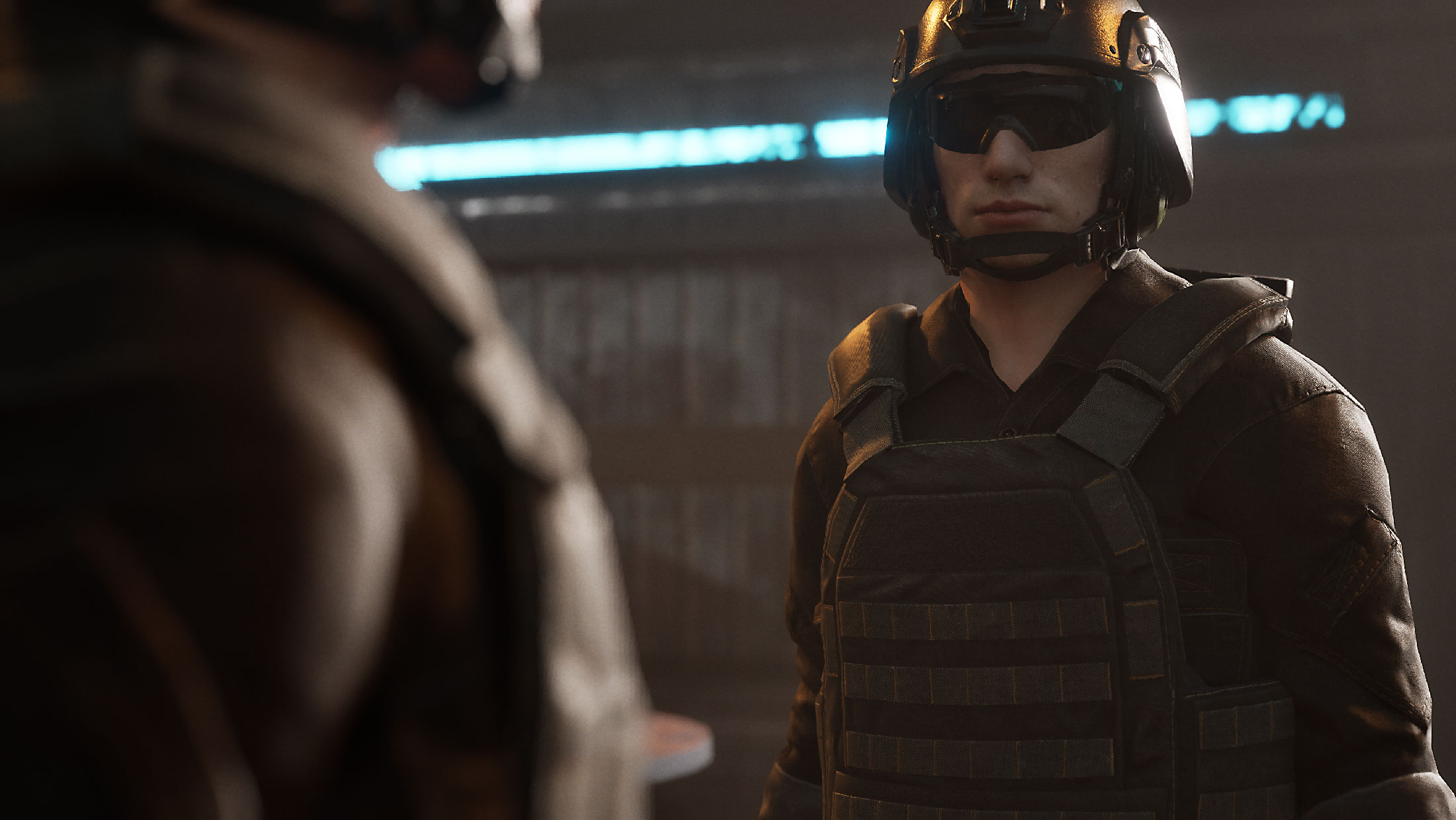
A Medium Shot frames a subject from about the waist up, balancing the character with some background context. It’s one of the most commonly used shots in film and games — great for dialogue, emotional moments, and maintaining a sense of space.
1. Focal Length
- 50mm to 70mm (Full Frame)
- Natural perspective with slight background compression.
2. Aperture (f-stop)
- f/2.8 to f/5.6
- f/2.8 gives softer background.
- f/5.6 for more contrast.
3. ISO
- 100 to 400 — Adjust for lighting conditions.
4. Shutter Speed
- 1/60 to 1/125 — Standard unless there’s motion blur or action.
5. Framing Tips
- Frame from the waist up with balanced headroom.
- Use for two-shots in conversations.
- Maintain equal spacing if characters are interacting.
6. Common Uses
- Frequently used for dialogue between two or more characters.
- Balances character detail with background context, making it versatile for most scenes.
- Useful in emotional or narrative-driven moments that require clear body language.
Medium Close-Up Shot
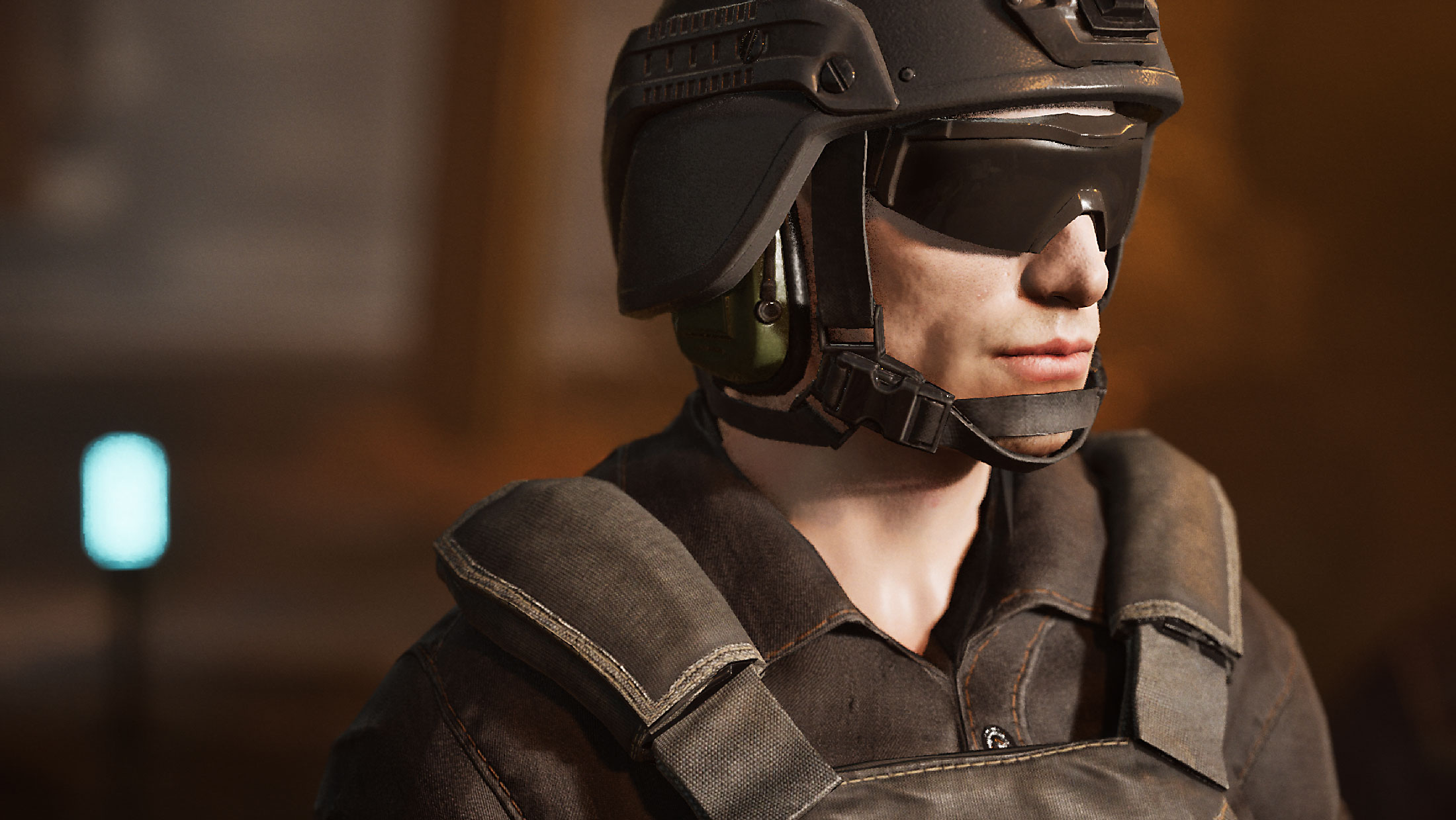
A Medium Close-Up (MCU) shot frames the subject from about the chest (or shoulders) up. It’s ideal for capturing facial expressions and dialogue, while still including a bit of body language and context. It strikes a balance between intimacy and space.
1. Focal Length
- 70mm to 85mm (Full Frame)
- Compresses the background slightly, flatters facial features.
2. Aperture (f-stop)
- f/2.8 to f/4.0
- Shallow depth of field to isolate the subject.
3. ISO
- 100 to 400 — Adjust based on lighting.
4. Shutter Speed
- 1/60 to 1/125 — Standard for dialogue scenes.
5. Framing Tips
- Frame from shoulders/chest up for emotional clarity.
- Focus on the eyes for engagement.
- Use subtle background blur to isolate subject.
6. Common Uses
- Captures emotional nuance and facial expressions while still showing some body movement.
- Common in close dialogue exchanges, reactions, or subtle moments of tension.
- Balances intimacy and space, keeping characters grounded in their environment.
Close-Up Shot
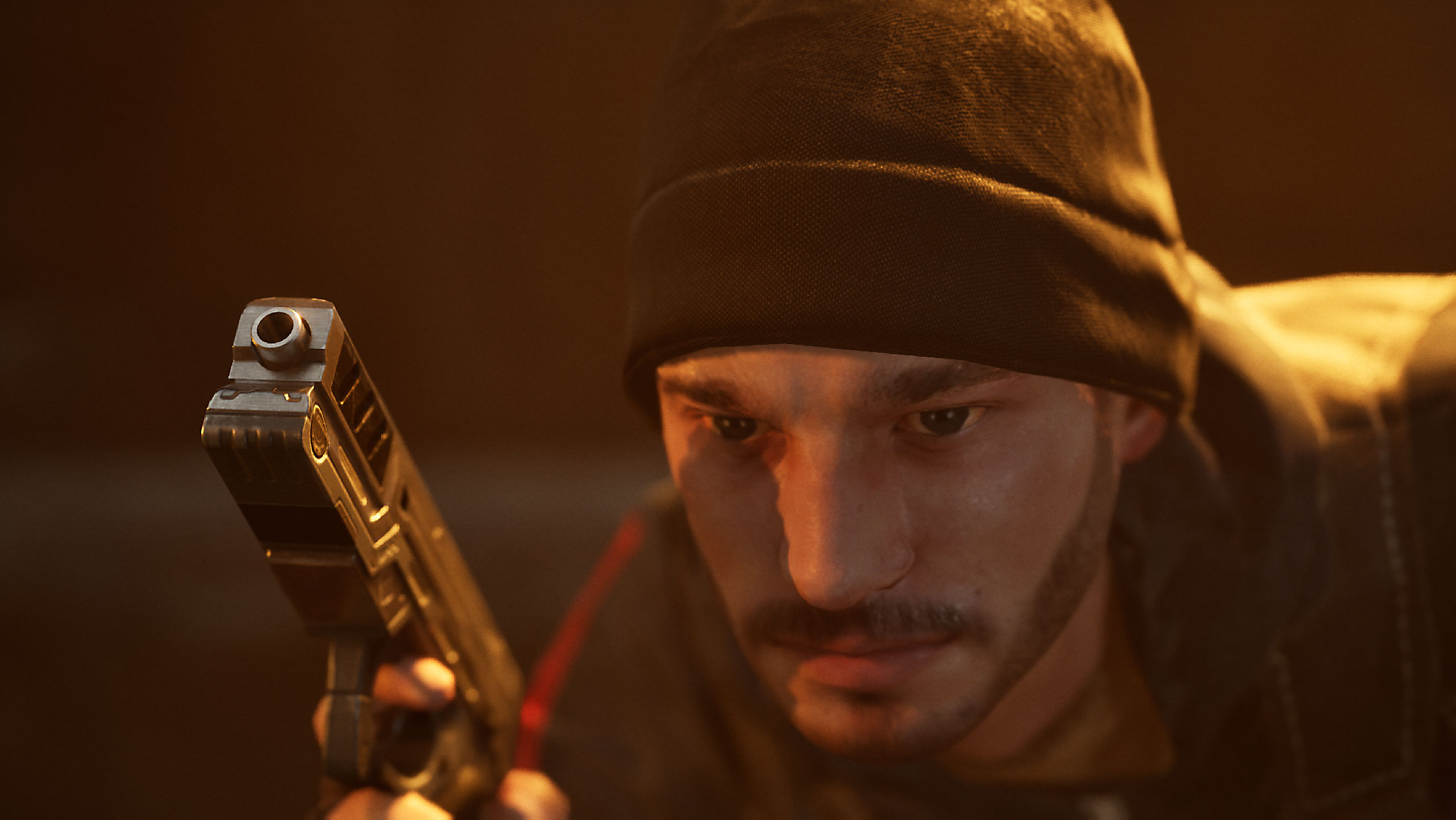
A Close-Up shot frames the subject tightly, usually from the neck or chin up to the top of the head, focusing entirely on facial expressions and emotion. It’s one of the most powerful shots for storytelling, often used in key emotional or dramatic moments.
1. Focal Length
- 85mm to 105mm (Full Frame)
- Compresses facial features gently.
- Cinematic and flattering.
2. Aperture (f-stop)
- f/2.0 to f/2.8
- Shallow depth of field to isolate the face and eyes.
3. ISO
- 100 to 400 — Keep low for clean, detailed image.
4. Shutter Speed
- 1/60 to 1/125 — Standard for controlled lighting/dialogue scenes.
5. Framing Tips
- Frame from just below chin to just above head.
- Eyes should sit on upper third line.
- Avoid cutting off key facial features unless stylistic.
6. Common Uses
- Emphasizes a character’s facial expression to convey strong emotion.
- Used during pivotal or dramatic moments that require audience focus on internal states.
- Effective for showing reaction, intensity, or personal transformation.
Extreme Close-Up Shot
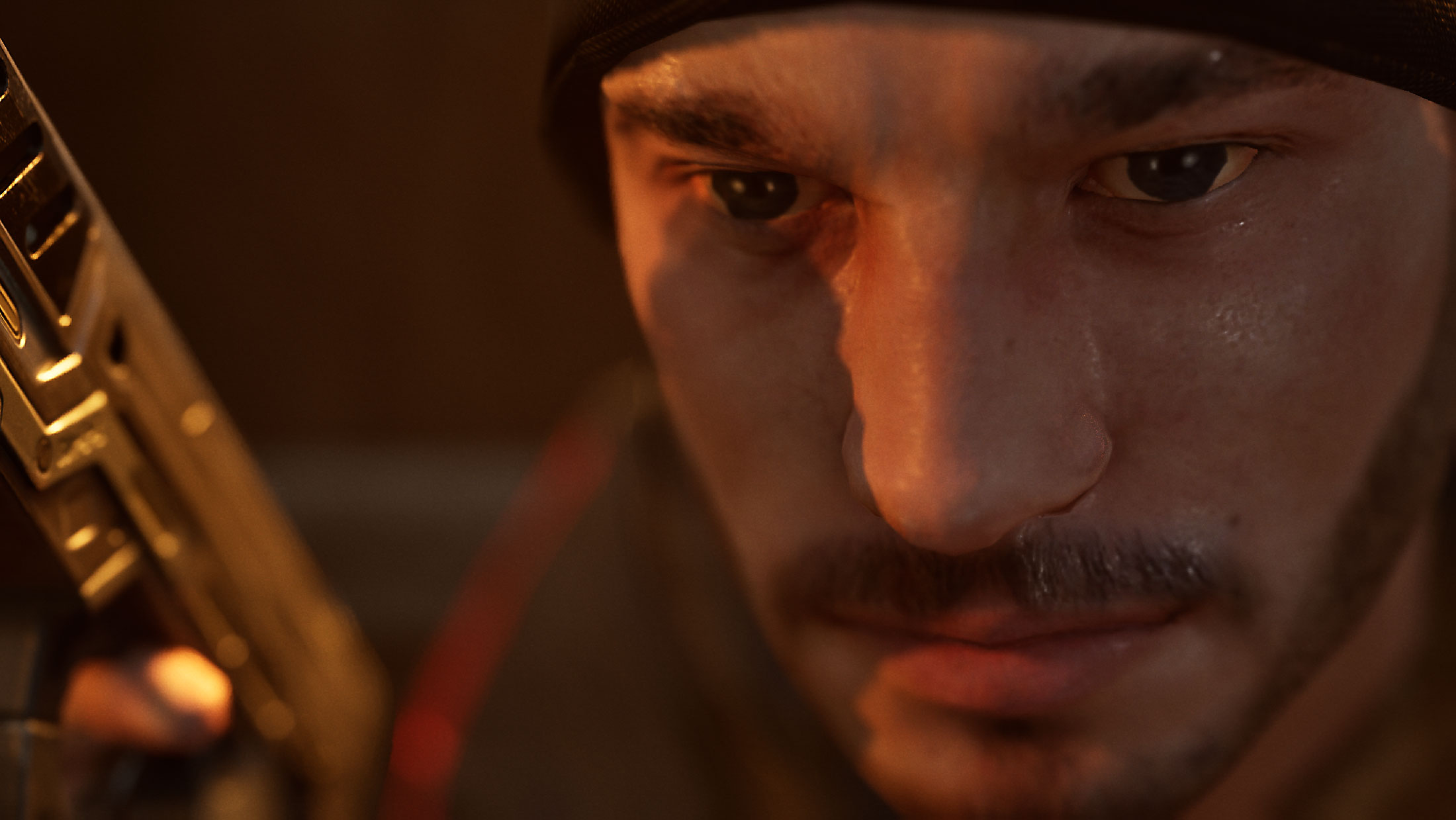
An Extreme Close-Up (ECU) shot focuses on a very small detail of the subject — often just the eyes, mouth, hands, or an object of importance (like a trigger, key, or tear). It’s highly emotional and intimate, often used to create tension, drama, or symbolism.
1. Focal Length
- 85mm to 135mm (Full Frame)
- Strong compression for isolating details with minimal distortion.
2. Aperture (f-stop)
- f/2.0 to f/2.8
- Very shallow depth of field to direct attention exactly where needed.
3. ISO
- 100 to 400 — Keep low for clean details.
4. Shutter Speed
- 1/60 to 1/125 — Standard unless you’re capturing movement.
5. Framing Tips
- Frame only the detail (eye, mouth, object).
- Fill frame to eliminate distractions.
- Use very shallow DOF to isolate focal point.
6. Common Uses
- Isolates a very specific detail to heighten emotional or symbolic significance.
- Often used in suspenseful moments (e.g., a finger on a trigger, a tear falling).
- Creates tension, intimacy, or a psychological shift by focusing on minute elements.
Triggers in Film Language
- Literal: A gun trigger, often used in tense or climactic moments (e.g., a finger tightening on a trigger before a shot).
- Symbolic: Any object, action, or detail that serves as a catalyst for an emotional or narrative shift:
- A tear falling.
- A key turning.
- A switch being flipped.
- A scar being revealed.
- A look exchanged in a moment of realization.
Over-the-Shoulder Shot
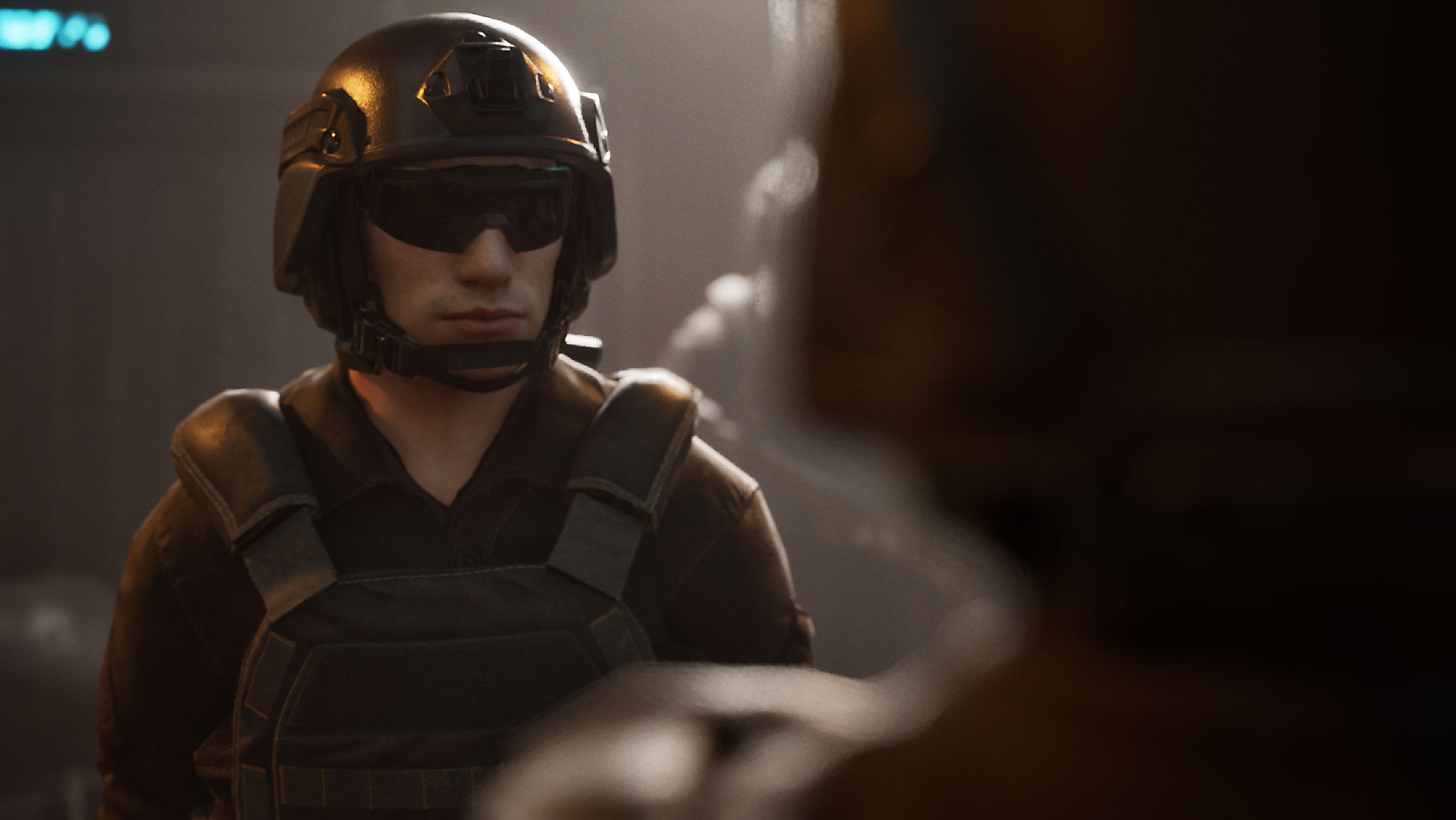
An Over-the-Shoulder (OTS) shot is a classic framing used in dialogue, interrogations, or introspective moments, where the camera looks past one character’s shoulder at another character or object. It helps establish spatial relationships and emotional tension between characters.
1. Focal Length
- 50mm to 85mm (Full Frame)
- Keeps perspective natural.
- Compresses space between characters slightly.
2. Aperture (f-stop)
- f/2.8 to f/4.0
- Subject in focus, shoulder slightly blurred.
3. ISO
- 100 to 400 — Low ISO for a clean, detailed image.
4. Shutter Speed
- 1/60 to 1/125 — Standard for dialogue and narrative scenes.
5. Framing Tips
- Place foreground character’s shoulder in one third of frame.
- Keep focus on the subject being viewed.
- Use matched reverse shot for conversations.
6. Common Uses
- Commonly used in dialogue to establish spatial relationships between characters.
- Helps the viewer stay oriented in the scene and feel part of the conversation.
- Enhances tension or intimacy depending on how close or distant the framing is.
Point of View (POV)
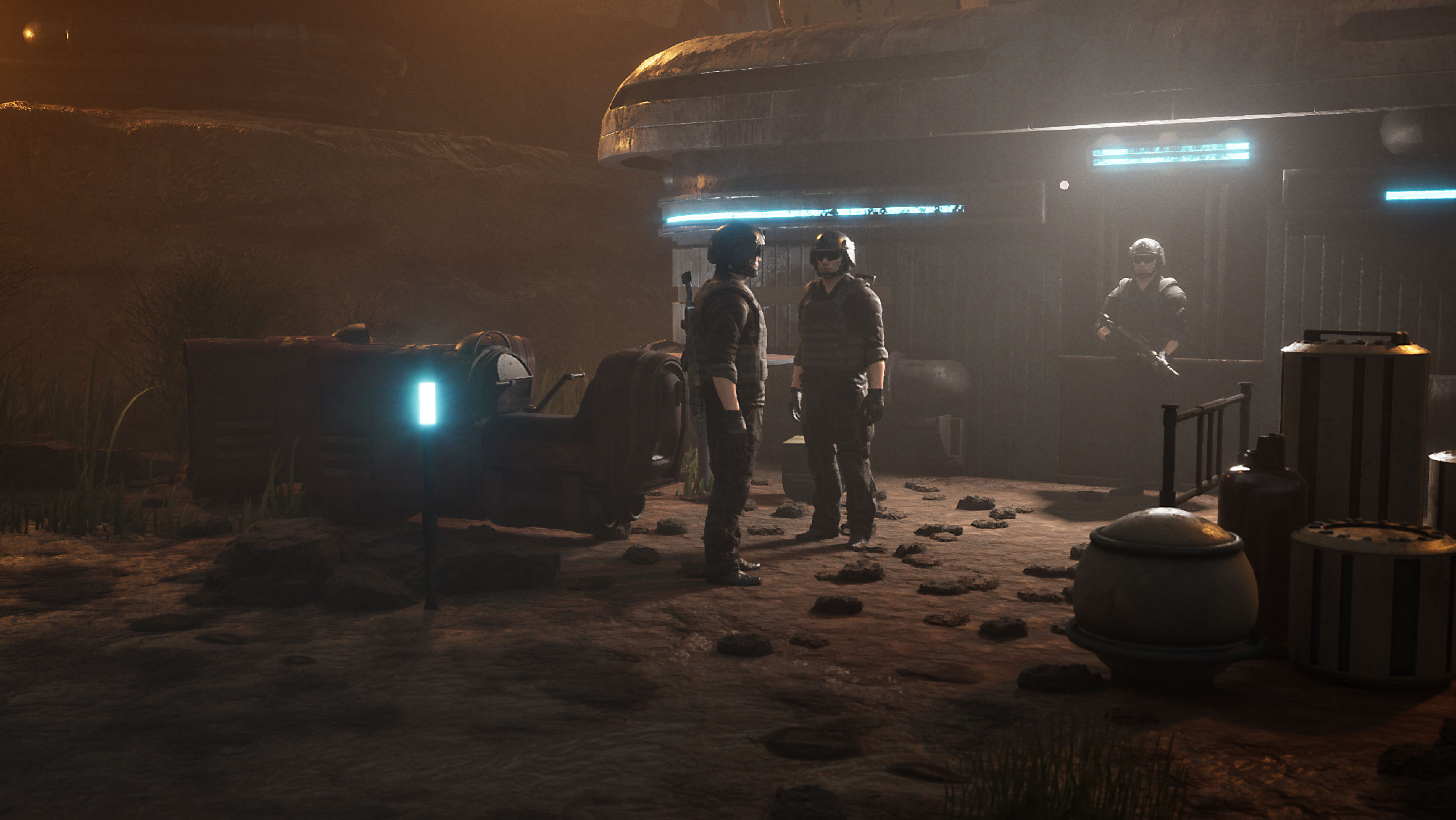
A Point of View (POV) shot shows exactly what a character sees through their eyes, putting the viewer in their position. It’s highly immersive and is often used to build tension, empathy, or intimacy, especially in horror, stealth, or emotional sequences.
1. Focal Length
- 18mm to 35mm (Full Frame)
- Mimics natural human field of view.
- 24mm is a common sweet spot.
2. Aperture (f-stop)
- f/4 to f/8
- Medium depth of field for realism, not too blurry or shallow.
3. ISO
- 100 to 800 — Depends on light, but avoid noise.
4. Shutter Speed
- 1/60 to 1/125 — Standard for handheld or head-mounted rigs.
5. Framing Tips
- Match camera height and direction to character’s eyes.
- Include hands or items when needed for realism.
- Use natural FOV (24mm–35mm) to mimic vision.
6. Common Uses
- Places the viewer in the character’s shoes to enhance immersion and empathy.
- Frequently used in horror, stealth, or dream sequences for emotional impact.
- Ideal for showing personal experience or revealing what a character is seeing firsthand.
Dutch Angle Shot
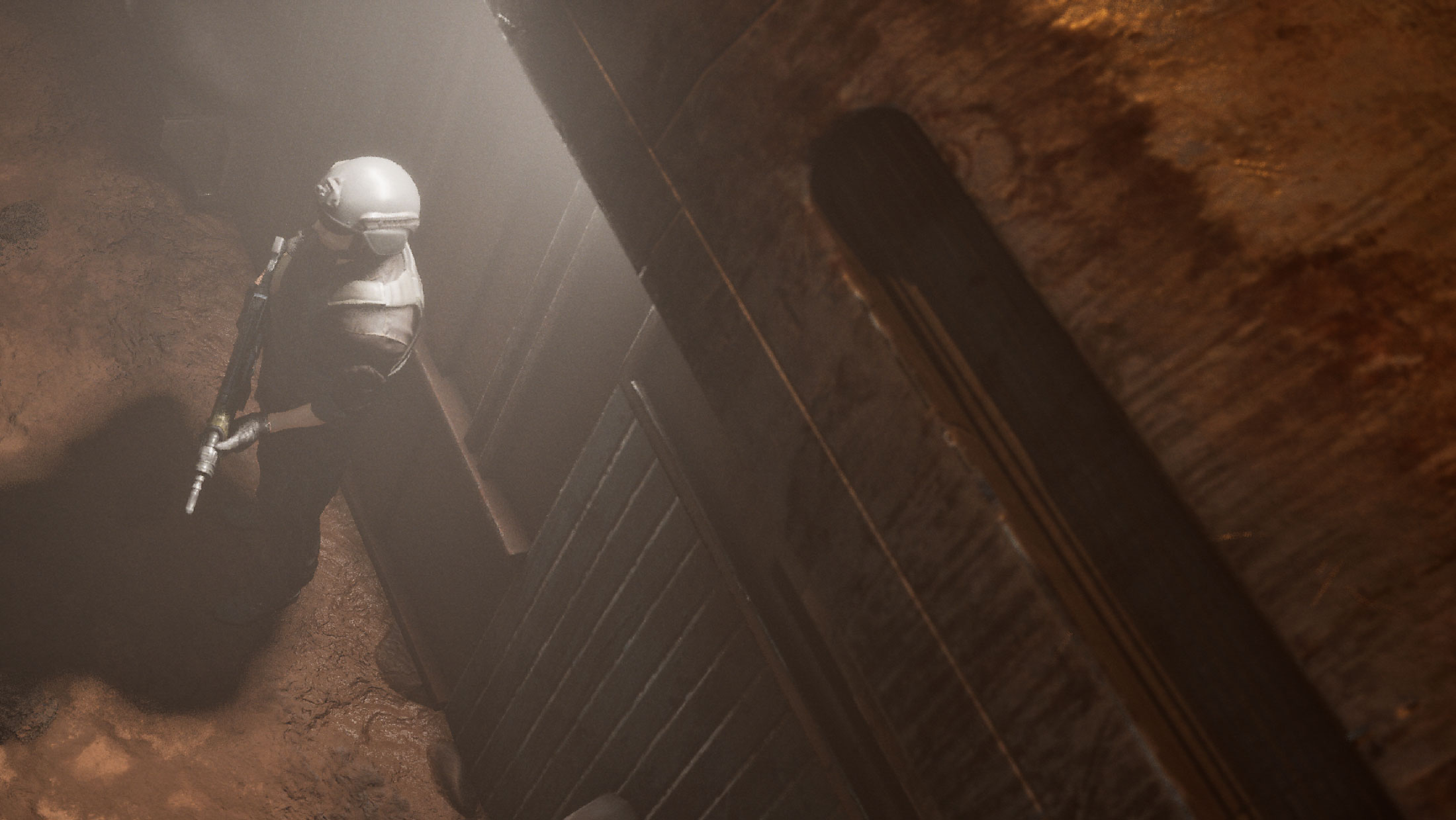
A Dutch Angle (also called a tilted shot or oblique angle) involves rotating the camera so the horizon is slanted, not level. It’s a visual cue used to suggest unease, disorientation, tension, madness, or chaos — perfect for thriller, horror, or surreal scenes.
1. Focal Length
- 35mm to 50mm (Full Frame)
- Keeps distortion minimal.
- More grounded than ultra-wide.
2. Aperture (f-stop)
- f/4 to f/8
- Use shallow or deep depending on the mood and clarity needed.
3. ISO
- 100 to 400 — Keep low to maintain image quality.
4. Shutter Speed
- 1/60 to 1/125 — Standard for narrative scenes.
5. Framing Tips
- Tilt camera roll by 10°–25° for visual imbalance.
- Frame with horizon clearly off-level.
- Use sparingly for tension or disorientation.
6. Common Uses
- Adds visual tension or unease by tilting the frame off-balance.
- Often used in psychological, horror, or surreal scenes to reflect instability.
- Highlights emotional or narrative disorientation, conflict, or chaos.
Low Angle Shot
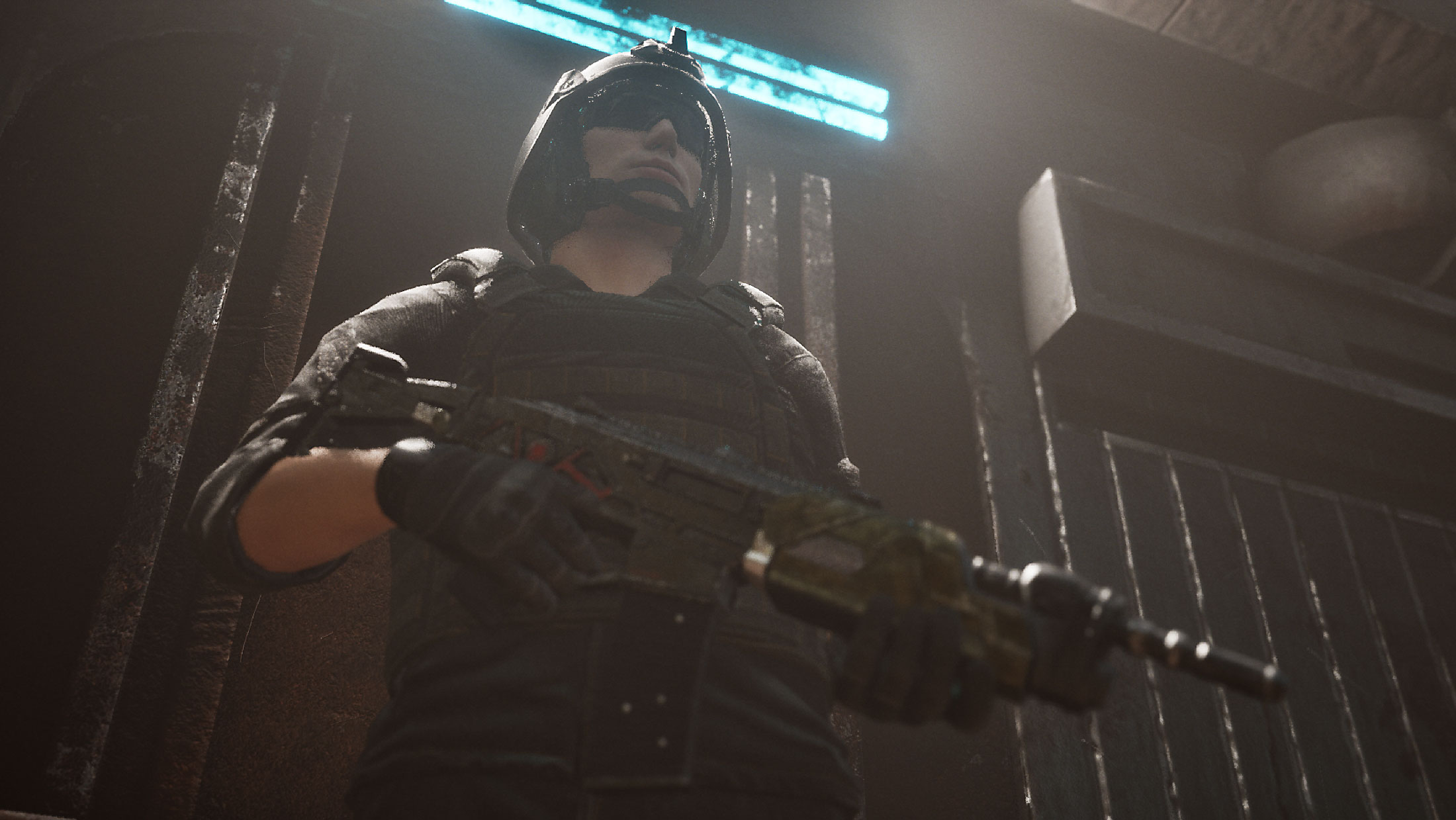
A Low Angle Shot is filmed from below the subject, looking up. This angle makes the subject appear larger, more powerful, or more intimidating. It’s often used to emphasize dominance, strength, or tension.
1. Focal Length
- 35mm to 50mm (Full Frame)
- Keeps proportions natural.
- Wider focal lengths exaggerate height more.
2. Aperture (f-stop)
- f/4 to f/8
- Depends on whether background clarity or isolation is needed.
3. ISO
- 100 to 400 — Adjust based on lighting.
4. Shutter Speed
- 1/60 to 1/125 — Standard unless subject is moving fast.
5. Framing Tips
- Place camera below subject’s eye or waist level.
- Frame upward to exaggerate height and dominance.
- Include sky or tall structures when possible.
6. Common Uses
- Portrays the subject as dominant, powerful, or intimidating.
- Commonly used in hero shots or to emphasize control and strength.
- Also suitable for creating dramatic tension or fear from a vulnerable perspective.
High Angle Shot
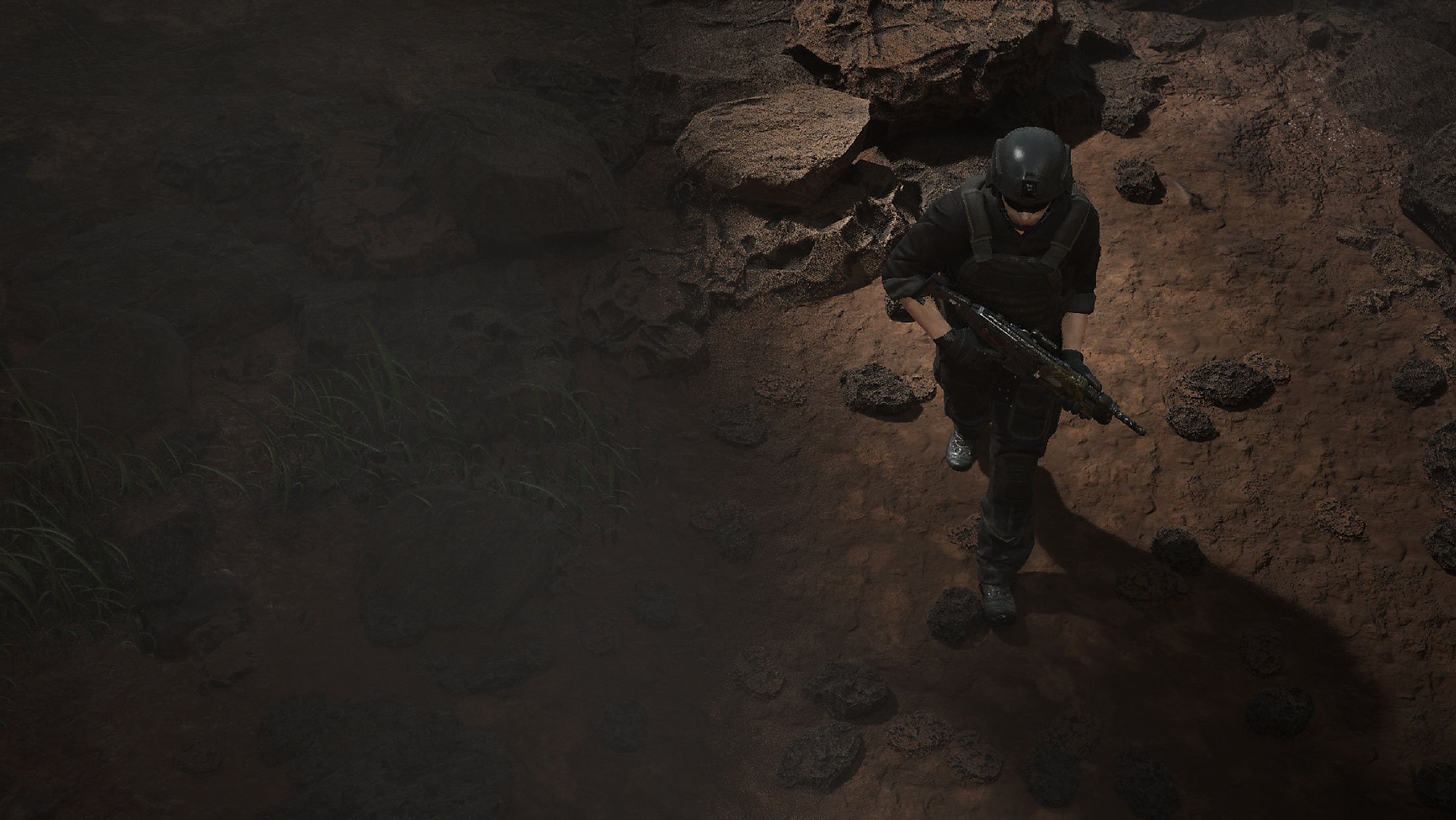
A High Angle Shot is taken from above the subject, looking down. It makes the subject appear smaller, weaker, or more vulnerable. This angle is often used to convey intimidation, helplessness, or a shift in power.
1. Focal Length
- 35mm to 70mm (Full Frame)
- 35mm for wider environmental shots.
- 70mm for emotional intimacy.
2. Aperture (f-stop)
- f/4 to f/8
- Controls background focus – higher for more scene clarity.
3. ISO
- 100 to 400 — Adjust for lighting conditions.
4. Shutter Speed
- 1/60 to 1/125 — Typical for stable narrative footage.
5. Framing Tips
- Place camera above subject, looking down.
- Use subtle tilt for emotional vulnerability, or top-down for overview.
- Include ground plane to show smallness or isolation.
6. Common Uses
- Makes the subject appear small, weak, or vulnerable by filming from above.
- Useful for conveying emotional fragility, intimidation, or defeat.
- Also used to give an overhead view for situational awareness or isolation.